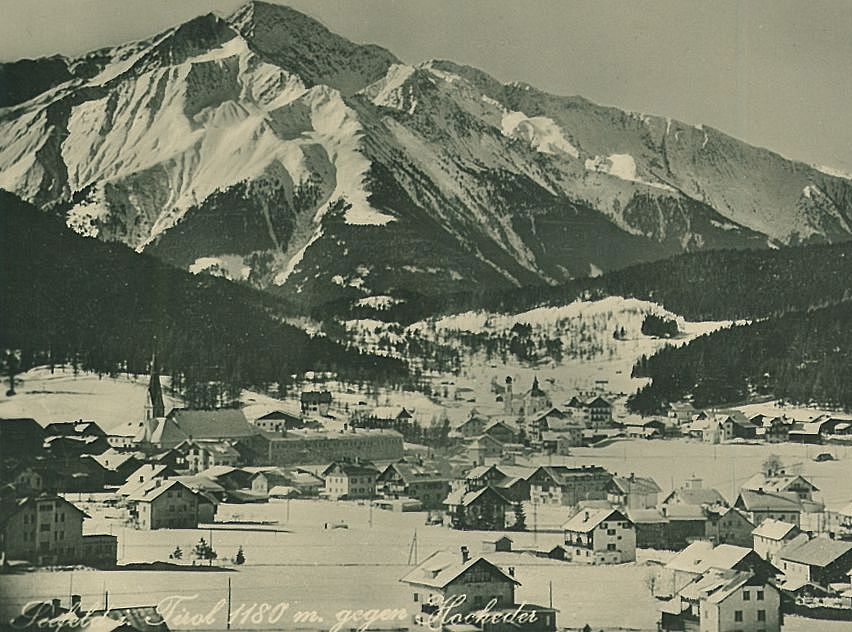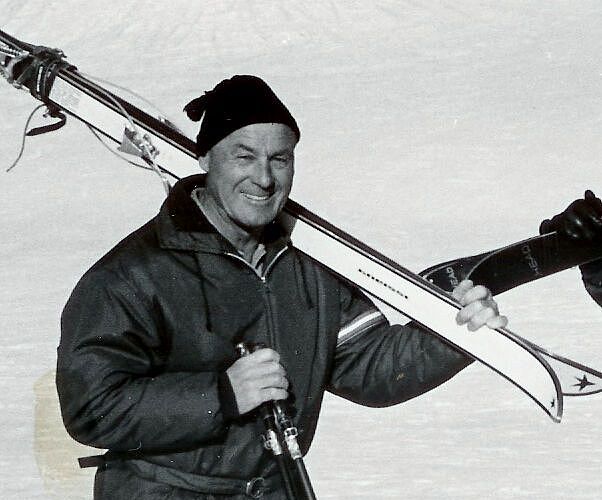
REGION SEEFELD - TIROLS HOCHPLATEAU
The history of Seefeld
The Seefeld Plateau was settled as far back as prehistoric times and gained historical significance through the construction of the Roman military road, which led from the Po Valley over the mountain pass to 'Augusta Vindelicorum,' present-day Augsburg. The settlement of 'Sevelt' (Seefeld) was first mentioned in a document from the Wilten Abbey in the year 1077.
From 1446 to 1490, Duke Sigmund the Coin-rich was a patron of Seefeld, allowing the community to direct its revenues to its own parish rather than submitting them to the regional government. He also established fish farming in a lake near the current Seekirchl. Emperor Maximilian I also valued Seefeld and its surroundings, as his best hunting grounds were located in the Karwendel Mountains.
Seefeld began to gain importance and became a transit area for traders of all kinds. For a long time, the town's economic development was closely tied to pilgrimage and religious tourism. The Thirty Years' War (1618–1648) left its mark economically, causing a decline in both pilgrimage and trade. Followed by Emperor Joseph II's dissolution of nearly all monasteries in Austria, Seefeld's situation deteriorated noticeably. Following the subsequent 'Peace of Pressburg,' Tyrol was handed over to the Kingdom of Bavaria. The Seefeld Monastery, today's Hotel 'Klosterbräu,' was offered for sale by the Bavarian state and transferred to private ownership.
Starting in the 1920s, Seefeld's development as a sunny vacation village on the plateau with hospitality and tradition was promoted. Its optimal location between Innsbruck and Telfs as well as Munich and Garmisch contributed to its emergence as a diverse holiday destination. The construction of the Karwendel railway in 1912 boosted the growth of the tourist area and went hand-in-hand with the expansion of tourist infrastructure in the 1950s.
The Olympic flame has made its way to the Seefeld region three times, positioning itself as a venue for Nordic disciplines during the Winter Olympic Games in 1964, 1976, and for the Youth Olympic Winter Games in 2012, as one of the top Nordic winter sports areas.
Today, Seefeld is a year-round destination offering a plethora of activities for tourists. The community has successfully struck a balance between modernity and tradition. While boasting modern spa hotels, excellent restaurants, and high-quality recreational facilities, the town has also managed to preserve its traditional character, be it in its architecture or in its customary events.
